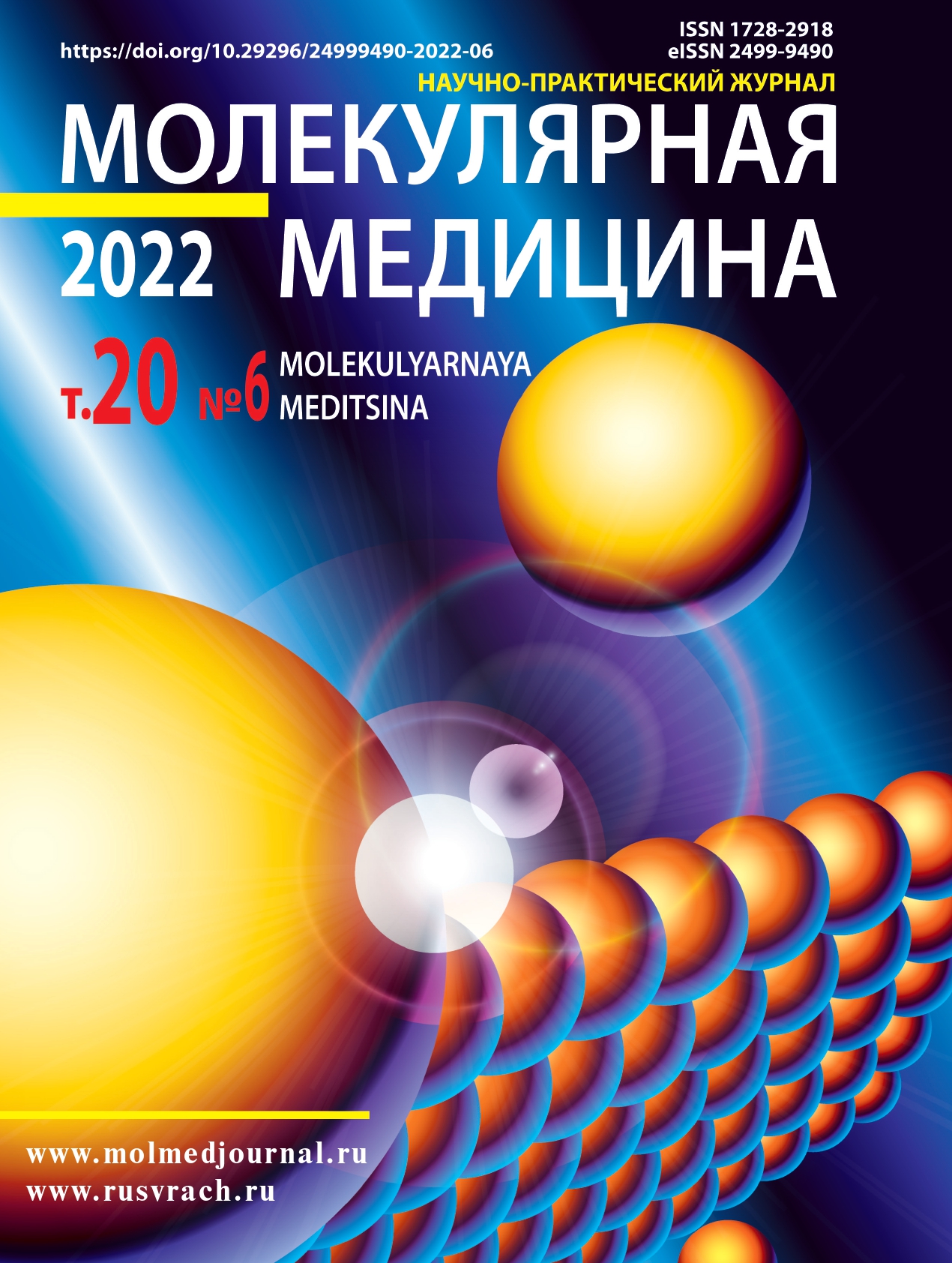Possibilities of application of allogenic tissue engineering products in the experimental urinary bladder reconstruction
- 作者: Orlova N.V.1, Muraviov A.N.1,2, Gorelova A.A.1,3, Remezova A.N.1, Vinogradova T.I.1, Yudintceva N.M.4, Nashchekina Y.A.4, Yablonsky P.K.1,3
-
隶属关系:
- Saint-Petersburg State Research Institute of Phthisiopulmonology of the Ministry of Healthcare of the Russian Federation
- Private University «Saint-Petersburg Medico-Social Institute»
- Saint-Petersburg University
- Institute of Cytology of the Russian Academy of sciences (RAS)
- 期: 卷 20, 编号 6 (2022)
- 页面: 44-49
- 栏目: Original research
- URL: https://journals.eco-vector.com/1728-2918/article/view/321368
- DOI: https://doi.org/10.29296/24999490-2022-06-07
- ID: 321368
如何引用文章
详细
The article describes the results of an experimental study of tissue-engineering constructions based on lactic acid – poly-L,L-lactide, containing allogeneic cells of various tissue origin. Aim: to show experimentally the possibility of using an allogeneic tissue-engineered graft to replace a defect in the bladder wall.
Material and methods: the study was performed on male Chinchilla rabbits (n=15), which, after resection of the bladder, underwent augmentation cystoplasty with tissue-engineered constructions (TECs) consisting of a polylactide matrix reinforced with silk fibroin and populated with smooth muscle cells with urothelium, fibroblasts, and mesenchymal stem cells.
Results: in 100% of cases of partial bladder replacement with a cell-free matrix or scaffolds containing smooth myocytes with urothelium and fibroblasts, an implant was rejected with a different severity of the inflammatory reaction and a decrease in the capacity of the bladder. Only in the group with mesenchymal stem cells TEC, on the contrary, in 5 cases out of 6 lysis of the matrix occurred, the capacity of the bladders 2,5 months post-surgery was comparable to the preoperative one. At the implantation site, an area of the modified mucous membrane with signs of vascularization was determined. Histologically, the initial stages of reparation and angiogenesis were revealed. With confocal microscopy of cryosections at the implantation site, labeled cells are identified that are involved in the formation of a structure similar to the urothelium.
Conclusion: the effectiveness of mesenchymal stem cells applying as part of a tissue-engineering product for partial replacement of the bladder wall has been shown. There are a number of pathological conditions in urology that require bladder replacement, primarily of a tumor and infectious nature, in which autologous material cannot be used to create a tissue-engineered construction. Such situations dictate necessity for further development of implants using allogeneic cells.
全文:
作者简介
Nadezhda Orlova
Saint-Petersburg State Research Institute of Phthisiopulmonology of the Ministry of Healthcare of the Russian Federation
编辑信件的主要联系方式.
Email: nadinbat@gmail.com
ORCID iD: 0000-0002-6572-5956
PhD, senior researcher of the direction "Urology, gynecology and abdominal surgery", urologist
俄罗斯联邦, Ligovsky Ave., 2–4, Saint-Petersburg, 191036Alexandr Muraviov
Saint-Petersburg State Research Institute of Phthisiopulmonology of the Ministry of Healthcare of the Russian Federation; Private University «Saint-Petersburg Medico-Social Institute»
Email: urolog5@gmail.com
ORCID iD: 0000-0002-6974-5305
PhD, Scientific Secretary, Leading Researcher of the direction "Urology, gynecology and abdominal surgery", urologist; Associate Professor of the Department of Surgical Diseases
俄罗斯联邦, Ligovsky Ave., 2–4, Saint-Petersburg, 191036; Kondratievsky Ave., 72, lit. A, 195272, Saint PetersburgAnna Gorelova
Saint-Petersburg State Research Institute of Phthisiopulmonology of the Ministry of Healthcare of the Russian Federation; Saint-Petersburg University
Email: gorelova_a@yahoo.com
ORCID iD: 0000-0002-7010-7562
PhD, senior researcher of the direction "Urology, gynecology and abdominal surgery", urologist; assistant performing medical work at the Department of Hospital Surgery
俄罗斯联邦, Ligovsky Ave., 2–4, Saint-Petersburg, 191036; Universitetskaya nab., 7–9, Saint-Petersburg, 199034Anna Remezova
Saint-Petersburg State Research Institute of Phthisiopulmonology of the Ministry of Healthcare of the Russian Federation
Email: urolog-remezovaanna@yandex.ru
ORCID iD: 0000-0001-8145-4159
junior researcher of the direction "Urology, gynecology and abdominal surgery", urologist
俄罗斯联邦, Ligovsky Ave., 2–4, Saint-Petersburg, 191036Tatiana Vinogradova
Saint-Petersburg State Research Institute of Phthisiopulmonology of the Ministry of Healthcare of the Russian Federation
Email: vinogradova@spbniif.ru
ORCID iD: 0000-0002-5234-349X
PhD, Professor, Chief Researcher
俄罗斯联邦, Ligovsky Ave., 2–4, Saint-Petersburg, 191036Natalia Yudintceva
Institute of Cytology of the Russian Academy of sciences (RAS)
Email: yudintceva@mail.ru
ORCID iD: 0000-0002-7357-1571
PhD, senior researcher
俄罗斯联邦, Tikhoretsky Ave., 4, Saint-Petersburg, 194064Yulia Nashchekina
Institute of Cytology of the Russian Academy of sciences (RAS)
Email: ulychka@mail.ru
ORCID iD: 0000-0002-4371-7445
PhD, researcher
俄罗斯联邦, Tikhoretsky Ave., 4, Saint-Petersburg, 194064Piotr Yablonsky
Saint-Petersburg State Research Institute of Phthisiopulmonology of the Ministry of Healthcare of the Russian Federation; Saint-Petersburg University
Email: glhirurgb2@mail.ru
ORCID iD: 0000-0003-4385-9643
PhD, Professor, Honored Doctor of the Russian Federation, Director; Vice-Rector for Medical Activities
俄罗斯联邦, Ligovsky Ave., 2–4, Saint-Petersburg, 191036; Universitetskaya nab., 7–9, Saint-Petersburg, 199034参考
补充文件










